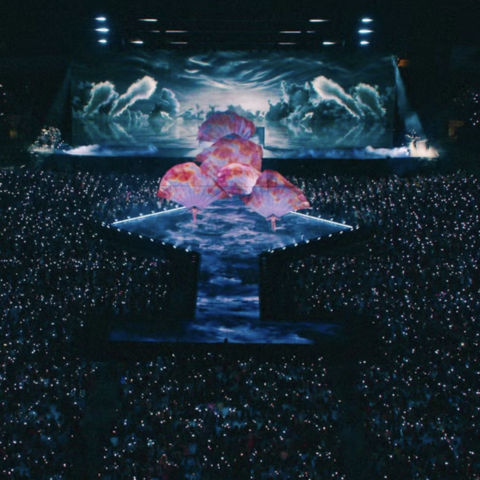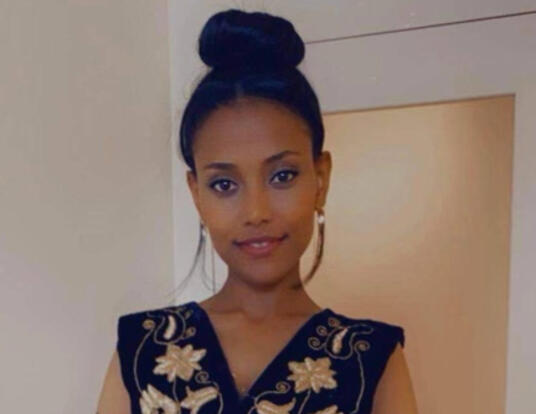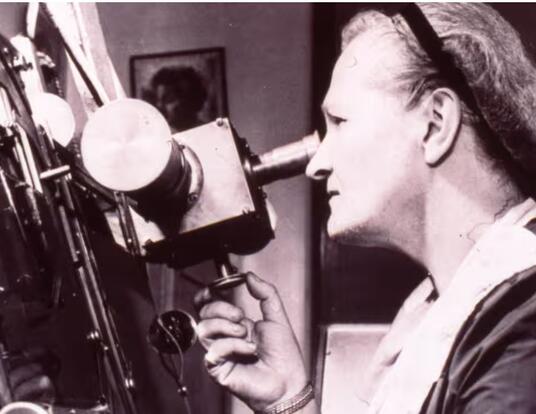Nobel by Design
GSAS Voices: Eric Maskin, PhD ’76
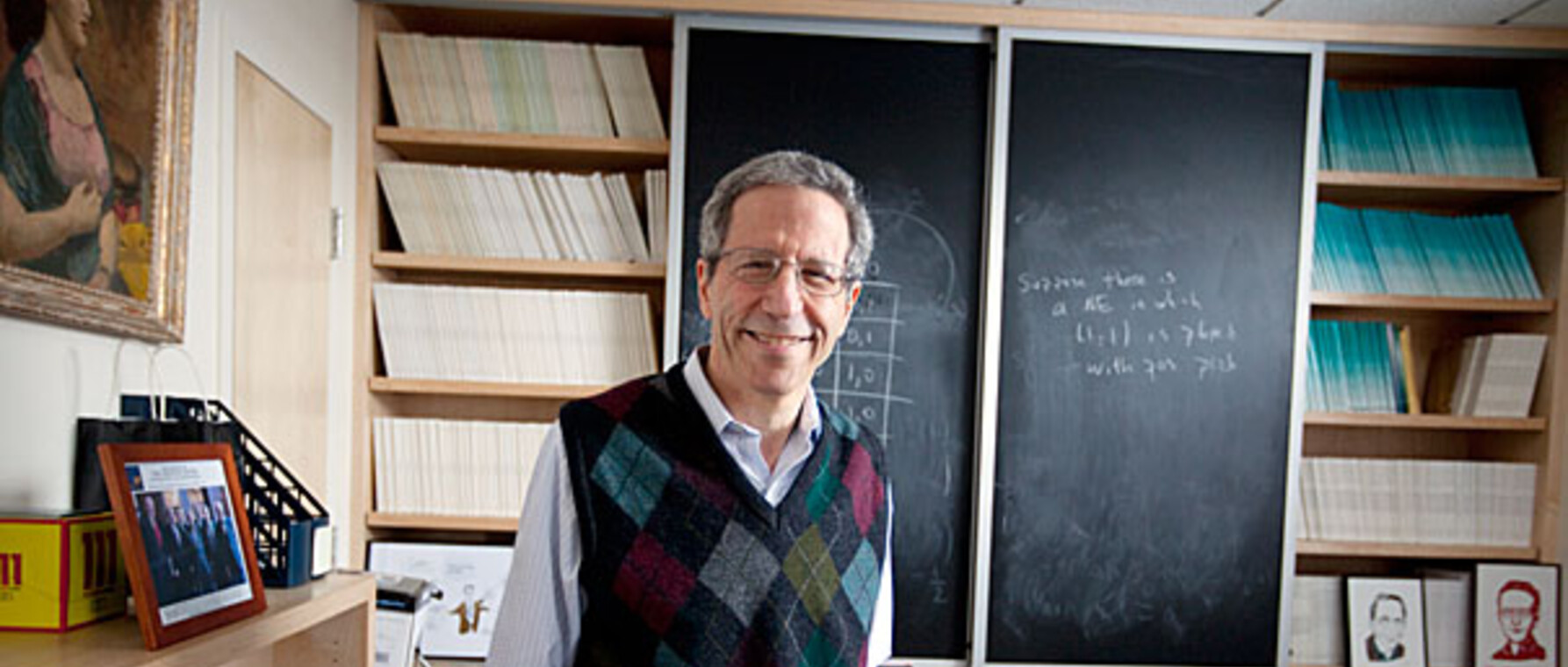
Throughout its 150th anniversary year, GSAS is foregrounding the voices of some of its most remarkable alumni and students as they speak about their work, its impact, and their experiences at the School.
Adams University Professor and Professor of Economics and Mathematics Eric Maskin shared the 2007 Nobel Memorial Prize in Economics with Leonid Hurwicz, GSA ’41, and Roger B. Myerson, PhD ’76, “for having laid the foundations of mechanism design theory.” He discusses his work, how mechanism design can be applied to social problems like voting reform, and the impact that his GSAS advisor—and fellow Nobel Laureate—Kenneth Arrow had on his life and career.
The Engineering Part of Economics
I think of mechanism design as the engineering part of economics. Given a social or economic goal, the idea is to construct a procedure or “mechanism” that will attain or implement that goal.
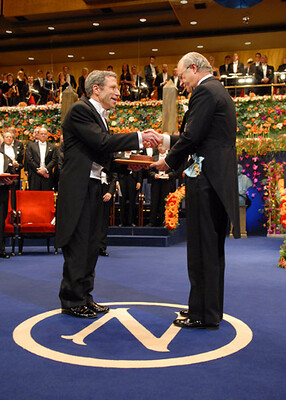
Here’s a simple way to think about it: Let's imagine that you have a cake. There are two children—Alice and Bob—who would very much like some of the cake. Let's suppose that your goal as a mechanism designer is to divide the cake in a way that each kid thinks his or her piece is at least as big as the other’s. That’s called a fair division.
The question is: how do you do this?
One way would be for you to cut the cake exactly in half from your point of view. The problem is that Bob and Alice may not see the cake the same way you do. You may think you've divided the cake exactly in half, but Bob may feel that Alice's piece is bigger or vice versa. In mechanism design, this is called a problem of incomplete information. You have a particular goal—to achieve a fair division—but you don't have enough information to accomplish it on your own. For that, you need to get Alice and Bob involved.
Now for this particular problem, there is a very simple solution. In fact, it's a solution that has been known for literally thousands of years. It's written about in the Old Testament, in terms not of cake but of dividing grazing land fairly. The trick is, rather than cutting the cake yourself, you let one of the kids cut it. Then you have the other kid decide which piece to take. So, if Bob cuts, he will have a strong incentive to do it so that from his point of view the two pieces are exactly equal. That way, he won’t envy Alice’s piece, nor, because she gets to choose, will she envy his. And we’ve solved the problem.
A Better Way to Vote
One of my current interests is using mechanism design to improve the electoral system in the United States. I’m trying to get citizens and politicians to consider something called majority rule or “Condorcet” voting, after the 18th-century French philosopher and mathematician, the Marquis de Condorcet. It’s a type of ranked-choice voting in the sense that voters rank the candidates—first choice, second choice, third choice, etc. But the winner is determined by looking at pairwise contests. So, if A, B, and C are running, candidate A wins if a majority of voters prefer A to B and a majority prefer A to C. With Condorcet voting, the winner need not get the most first-choice votes; she simply needs to be the candidate whom most voters prefer over every other contender.
This kind of system would have led to a different result in the recent Alaska special election for Congress. Nick Begich would have been the winner because most voters preferred him to both the other candidates, Sarah Palin and Mary Peltola, even if he wasn’t their first choice. Instead, Begich was eliminated because more people ranked Palin or Poltola first.
Today, in my work as an advocate for reform, I speak and write in favor of majority rule voting. I've talked to policymakers, some of whom are definitely interested in changing the system. I work with several election reform and advocacy groups, including FairVote, based in Washington, DC, and others based in Massachusetts. They were at the center of the successful effort to introduce ranked-choice voting in Alaska and Maine. It’s been a way to apply my theoretical work to an important contemporary problem.
A Nobel Lesson
As a student at GSAS, I worked closely with my dissertation advisor, Kenneth Arrow—a brilliant and dedicated mentor. He was responsible for getting me into economics in the first place. I was an undergraduate math concentrator and took Arrow’s course on information economics. I saw that mathematics could be used interestingly and powerfully to solve social problems.
Arrow had just won the Nobel Prize in 1972 when he started advising me. You would never have known it. He was a mild-mannered, unassuming guy who just happened to have an extremely penetrating mind—in no way was he arrogant or dismissive. My interaction with him was, as far as it could be, an interaction of equals. I learned a lot of economics from Arrow, but one of the most important lessons he taught me by example was to take students’ ideas seriously.
Photos courtesy of Eric Maskin
Get the Latest Updates
Join Our Newsletter
Subscribe to Colloquy Podcast
Simplecast


